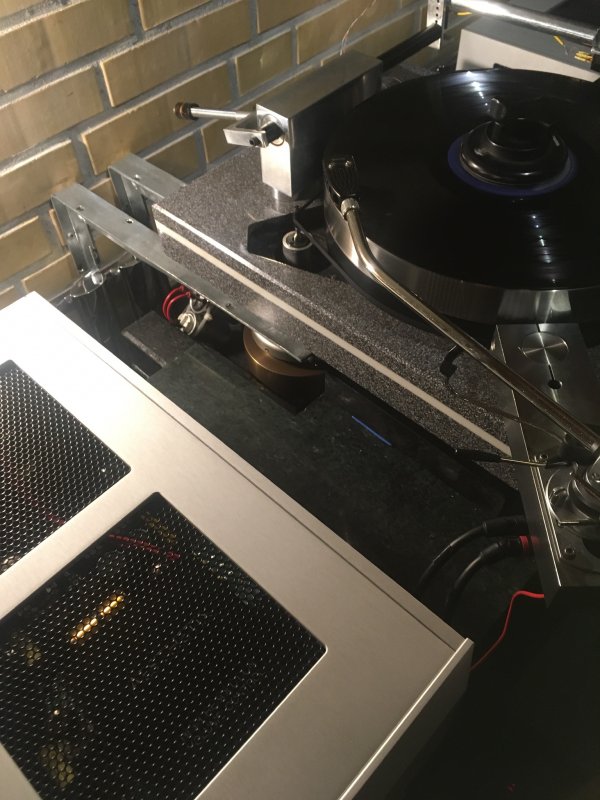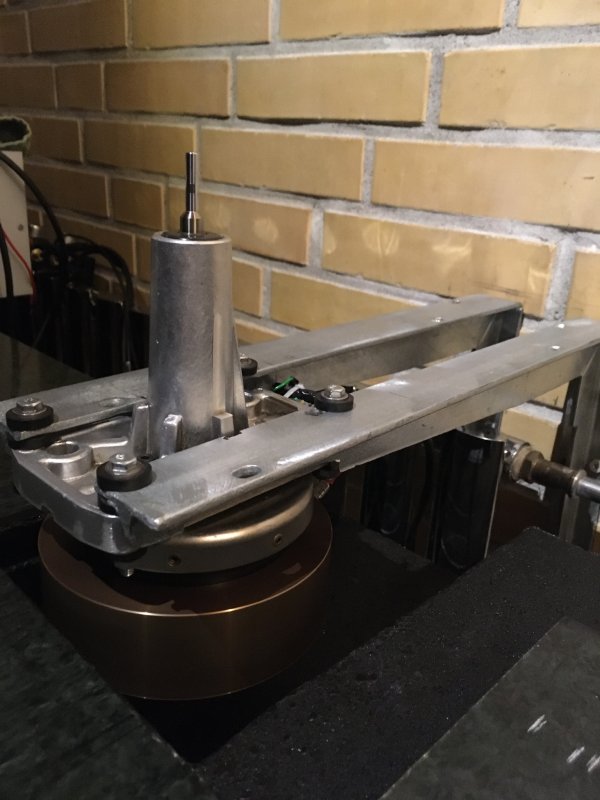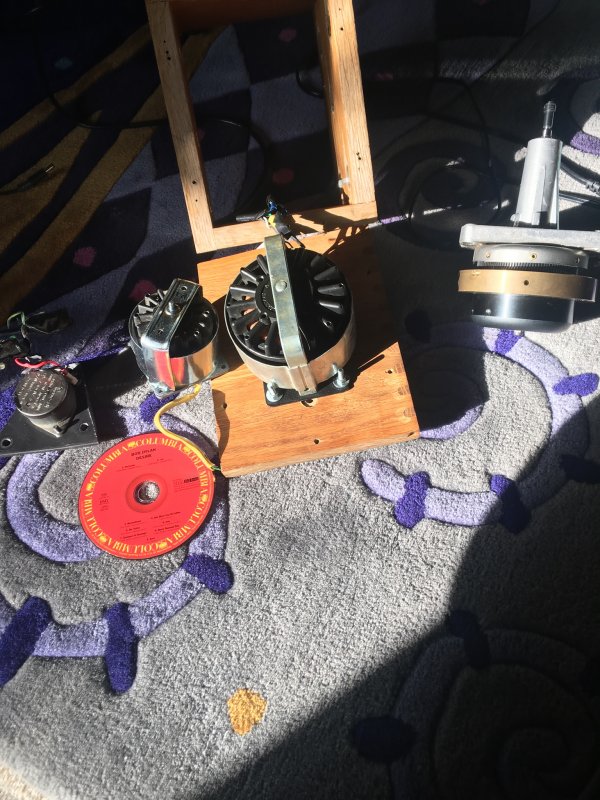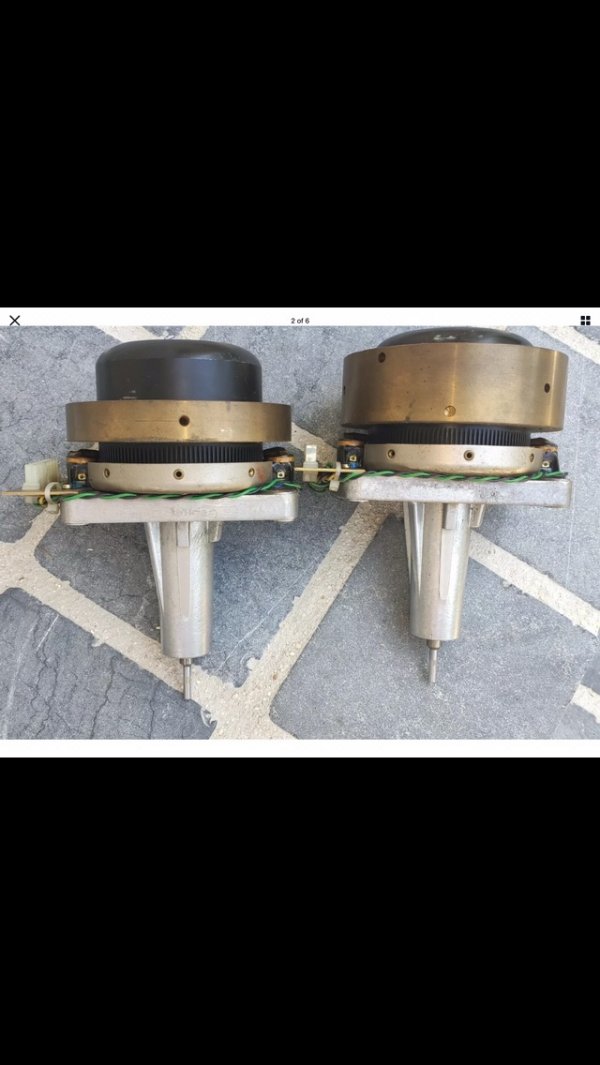So, are you saying that the AC synchronous motor is still the best motor technology for a turntable, belted or otherwise? What about brushless DC, which actually an AC motor that is sinusoially commutated...usually with 3 phases? What about cogging and torque ripple that is inherent in these motors, or do you think the mass and the belt smooth this out better than other tech? These actually don't run that accurate nor are they super smooth.Speed is held with constant monitoring and continuous adjustment by the management software and a microprocessor not free spinning like an ac synchronous motor.which requires none of that.
david
What about Brinkmann's coreless, Brushless motor (the Sinus) that will have no cogging and little to no torque ripple? They have figured out an analog speed control (actually I think a phase locked loop with quartz osillator is still analog...it's at least not the latest trend of PWM controllers that you can easily find off the shelf) and it seems to elevate their own high mass TTs. Have you tried something like this instead of your default Papst motor?
Is your main concern about "hunting" that old DD designs suffered from? What about later designs that employed sophisticated schemes that minmized over and undershoot?










